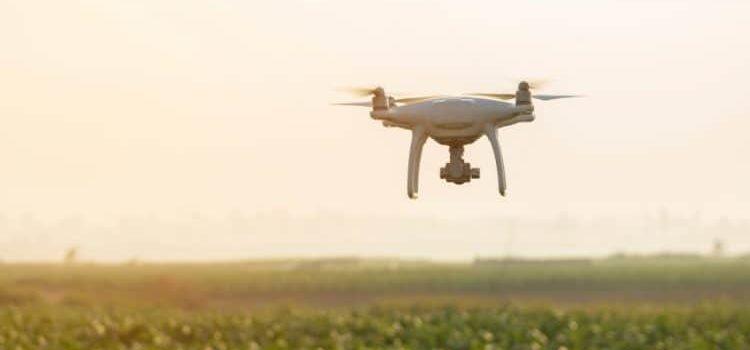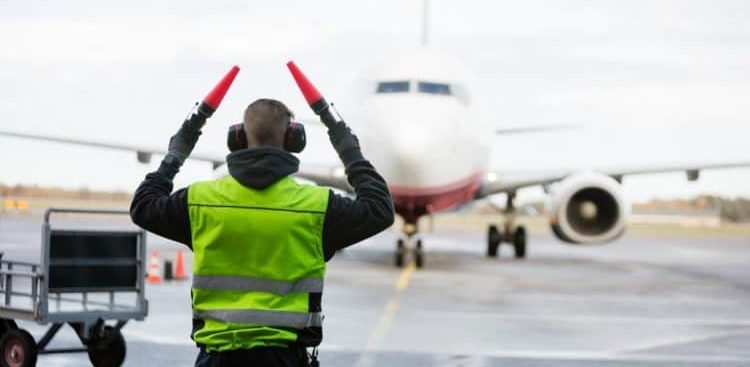Though most of ICAO’s activities are known to those in the aviation industry, many remain widely unknown to the public at large. ICAO sets the Standards and Recommended Practices that assist States in managing air navigation, communications, aerodromes, accident investigation and the transport of dangerous goods by air. There are many other lesser-known ICAO activities which may have a more immediate impact on those who travel by air.
Most people may be unaware that ICAO is the Organization responsible for issuing the standards for machine-readable passports and for erasing smiles from the photographs used in passports (see An overview of border control management published in the World of Civil Aviation Report). ICAO’s Core Principles on Consumer Protection publication are also relatively unknown – States use these to regulate assistance to passengers in cases of travel disruption (passenger assistance regulations related to travel disruptions).

Other activities which cover some of the more recent initiatives undertaken by the Organization as described in the Report are identified below.
- Remotely piloted aircraft (RPA) are being used in a variety of applications such as: wildfire mapping; disaster management; aerial imaging; environmental monitoring; television news coverage; and freight transport. RPAs also serve to provide humanitarian relief, medical assistance and response to crises and public health emergencies. As described in the Report, one of the main challenges of RPA is the need to integrate these activities into the current regulated flight environment (Remotely piloted aircraft system: ICAO leads the way towards integration).
- The use of drones has generated a need for States to implement an air traffic management system for flights below 1000 feet where these vehicles operate. As identified in the Report, ICAO serves as the global facilitator and forum for the coordinated development of national regulations and supporting efforts towards the conceptualization and implementation of unmanned aircraft systems (UAS) traffic management (UTM) system (The buzzing skies: very low altitude operations).
- The fatal accidents of Air France flight 447 and Malaysian Airlines flight 370 highlighted the limitations of the current air navigation system. As a result, the aviation community led by ICAO developed the Global Aeronautical Distress and Safety System (GADSS). The new System, described in the Report, keeps an up-to-date record of the aircraft flight progress and in case of a crash, the exact location of survivors, the aircraft and recoverable flight data.

Given that this edition is published on the occasion of the 75th anniversary of the establishment of ICAO, the Report starts by reviewing the history and future prospects of the Organization, and underlines the importance of the development of careers for women in aviation in order to meet the future demand for qualified personnel.
In addition, the Report brings to the forefront other initiatives undertaken by the Organization in response to current challenges such as:
- improvements in airport utilisation through the adoption of:
- simultaneous operations on parallel runway;
- changes in aerodrome operating minima through the use of more advance aircraft carrying equipment;
- narrower runway and taxiway standards for very large aircraft;
- new global guidelines for the allocation of airport slots; and
- survival strategies for economically non-viable airports where size does matter.
- ICAO’s digital travel credential concept;
- the implementation of the Carbon Offsetting and Reduction Scheme for International Aviation (CORSIA), the adaptation of civil aviation to climate change and initiatives undertaken on capacity building and assistance to advance environmental protection;
- the introduction of aviation training intelligence for the ICAO training programmes; and
- how to keep aircrews healthy and fit to fly

The World of Civil Aviation Report takes a whimsical look at current technological innovations and how these could be applied to civil aviation today. With regards to aviation statistics, it looks at:
- the global and regional air carrier and airport traffic developments in 2018, as well as their outlook to 2045;
- statistics on fatal accidents of commercial aircraft and on acts of illicit interference (security);
- the ICAO integrated trend analysis and reporting system;
- the development of a standard methodology to measure the economic benefits of civil aviation; and
- how a superficial knowledge of statistics and their definitions can lead to misguided conclusions.
As ICAO celebrates this significant anniversary, this special report reviews the ways ICAO and its Member States are tackling today’s most pressing civil aviation challenges. Make sure to order your copy today!
Check out the World Civil Aviation Report’s preview here.

